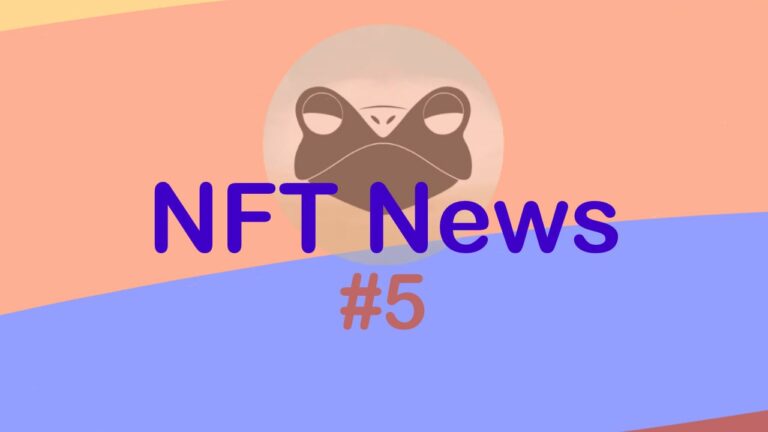What is a DAO and which one should you join today?
The cryptographic world of blockchains and distributed ledgers is vast and ever-evolving. One of the most meaningful developments to come from these technologies is Decentralized Autonomous Organizations, or DAOs.
DAOs may bring about a new way of organizing enterprises, projects, NGOs, and even whole governments. The promise of the DAO is, in many ways, the promise of crypto and blockchain technologies. Let’s see how this is possible.
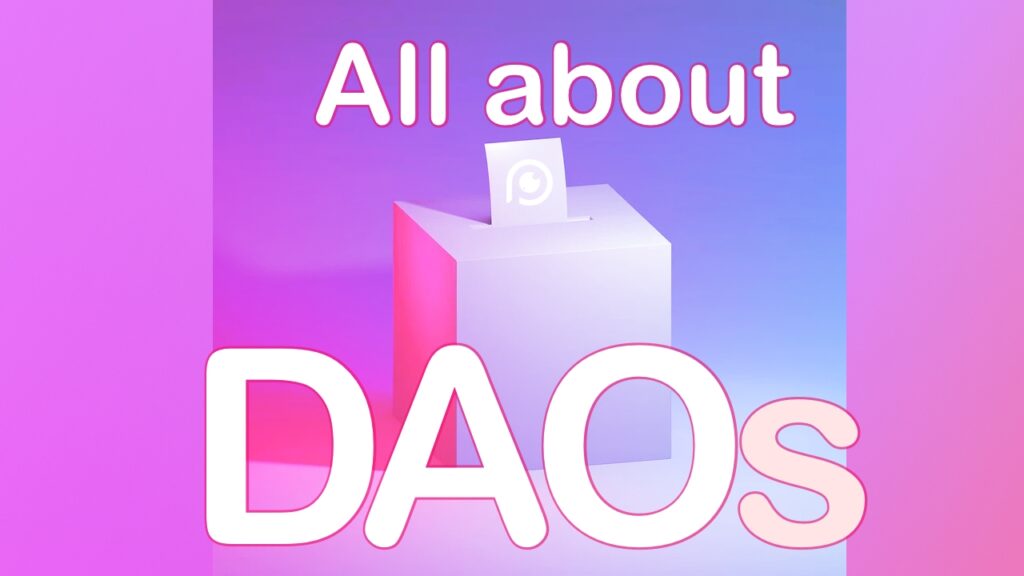
What is a DAO? The basics
Today, most decisions are made by a narrow group of individuals, both in public and private life. For a long time, it was thought that complex large organizations had to structure with an ever narrower top in order to take actions quickly and in time.
That is the type of organization that dominates life for any person in our current times. DAOs are a new framework, or organizational design, that is able to face the challenges of modern life with the use of decentralized technologies.
A DAO is a type of organization where all of the participants have a say on the future of the organization. How do DAOs differ from other forms of organization?
DAOs vs Traditional corporations
There are many steps in the life of a company, from personal ownership, start ups, etc. But most successful companies’ objective is going public through an IPO (Initial Public Offering). In a public company, the command is vertical, with a CEO at the top. The CEO is elected by a company board that represents the owners of the enterprise.
Decisions are made by the CEO and the administrative levels. The ultimate strategic moves and change of leadership is controlled by the board. Employees and consumers have no say in what a company does.
DAOs vs Cooperatives
In a cooperative, the workers involved in the primary economic activity of the entity have a vote. That sounds more fair, but support staff, administrative workers, legal counsel, and basically any other person involved in the company is at the mercy of the workers. Also, none of the buyers or users of the service provided have a say on the future of the cooperative.
So, that brings us to DAOs. In this type of organization, every single participant has the chance to influence the future of the organization. The DAO uses the distributed ledger to track preferences and it is able to show the consensus of the whole.It is decentralized because there is no single point of authority. Autonomous because it does not rely on external structures to exist. An organization because people gather around the objective of the project and pool resources together to achieve it and decide on its future.
What was the first DAO? The history
Readers familiar with DAOs may jump to the Ethereum, but before that, there was Bitcoin. Bitcoin is decentralized, autonomous, and an organization. A series of rules encoded in how the protocols works, block size, average block time, block rewards, etc. govern the network. Finally, miners using PoW reach consensus on what the next block is, and propagate it to the network.
Bitcoin has stood the test of time and has become not only the first cryptocurrency, but also the first DAO. Now this type of DAO has a very narrow purpose and it can only be used for one thing, keeping the Bitcoin Network working. Let’s look at the first complex DAO, and how it’s also a tale of tragedy.
The DAO: a lesson in decentralized organization
Shortly after the launch of the Ethereum main net, a project began brewing named The DAO. The DAO was the first to introduce and popularize the concept of a decentralized autonomous organization. It was launched in April 2016 via one of the first major crowdsales in blockchain history.
More than 18 thousand people contributed Ether towards The DAO which managed to raise 34 million US dollars. The purpose of The DAO was to become a decentralized venture capital company. Proposers would pitch the members of The DAO community, then everyone holding DAO tokens would vote on which proposals to fund.
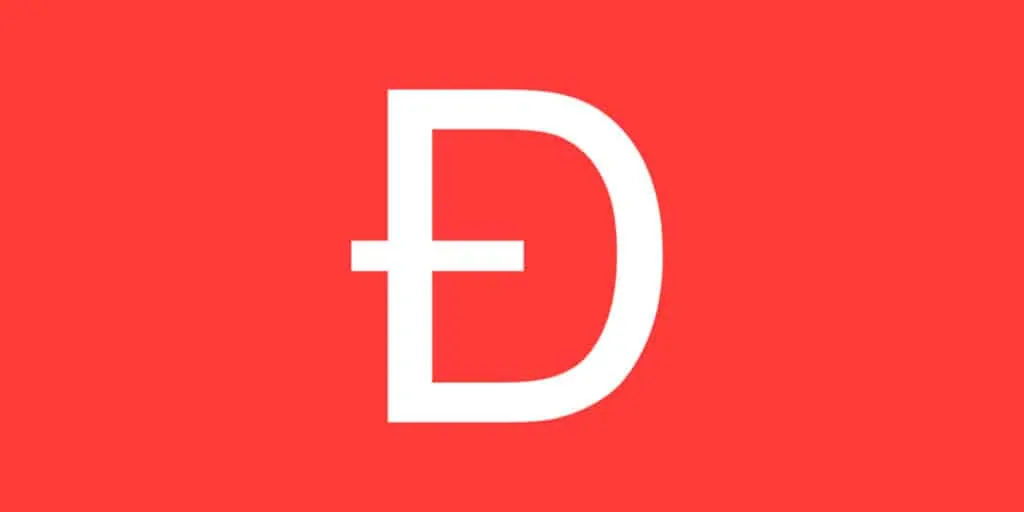
After, profits from successful ventures would be distributed to all participants in proportion to their token holdings. All sounded good, and the initial token sale was a major success. But vulnerabilities were found in the smart contracts which governed the functioning of The DAO. Oddly enough, the team behind it was warned ahead of time of this possibility, but they claimed it was not a problem.
In June of the same year, 11.5 million US dollars of the money raised by The DAO was taken by a malicious attacker. How it was done is very technical, but here is an article for those wanting to know the details. After the attack a solution was proposed, roll back the Ethereum network to before the theft and give back everyone who contributed their money. The DAO would cease to exist.
The debate around the solution was fierce, so contentious that, in fact, Ethereum had its first hard fork as a result. The network split between Ethereum (ETH) and Ethereum Classic (ETC), in the first the ledger was moved back, and in the latter things remained as they were after The DAO hack.
What else can DAOs do?
In a way, there are two levels of what a DAO can be. First, we have a protocol like Bitcoin, Ethereum, or Cardano, where the rules of consensus and the objectives of the organization are clear. In these types of DAOs, the organization is limited by the narrow parameters of the system.
This is by design. You don’t want the rules or objectives of a dependable network to easily change. Here, DAOs can make sure the rules of the protocol are enforced, consensus is reached in time, rewards are fairly distributed, and the network continues as it was originally intended.
The second type of DAO is more complex and can do more things. A DAO can do anything a regular company, enterprise, NGO, Venture Fund, or any other type of organization can do. Yet, in a DAO everyone who participates, and gives value to it, gets to decide about the future of the entity.
That’s what makes DAOs so powerful, they are able to deliver a new way to organize any type of human activity and make sure all participants have a say, and are rewarded. The DAO will become the dominant type of structure in the future.
Why a DAO?
The next obvious question is: how can a DAO accomplish all of this? In the more restrictive form of a DAO, the one as a distributed network, this is achieved by the use of restrictive laws encoded in the workings of the protocol. The strict boundaries prevent actors from behaving against the continuity of the DAO.
In the more broader DAO, the objectives of it are pursued by a series of interlocking smart contracts. First, the smart contracts determine the governance mechanism of the DAO with the use of tokens. These tokens have a dual purpose, initially they are used to raise funds for the operations of the DAO. After, they become voting rights used to give power to those who want to direct the future of the DAO.
Most DAOs use a minimum token quantity held by a person who wants to vote. Also, another minimum for persons who want to propose a change into the DAO. Once a DAO is fully operational, there is no limit at what things it is able to accomplish, and what the community can vote on.
To deliver on proposals, a DAO can hire outside developers. These can be rewarded with tokens, or with payments. It’s important to know DAOs can separate their governance from the administration and development of the DAO.
Legal status of DAOs in the US
Of course, for the longest time a DAO was something that existed in crypto and not in the world outside it. They lived in the gray legal area most crypto projects have to dwell and needed to put some other front to face legal challenges. That’s no longer the case.
In a bold first step, the Legislature of Wyoming recognized DAOs as a type of Limited Liability Company (LLC) and added this type of entity to its laws (Wyoming law: https://www.wyoleg.gov/Legislation/2021/SF0038). It came into effect on July first of this year and now entities can register in that state as DAOs.
Wyoming is looking to be a pioneer of the new crypto economy as it was for the creation of the corporations. After all, this is the State that created the LLC as a legal entity in the first place. Now, even before the end of the year there are already companies registered as DAOs in the State.
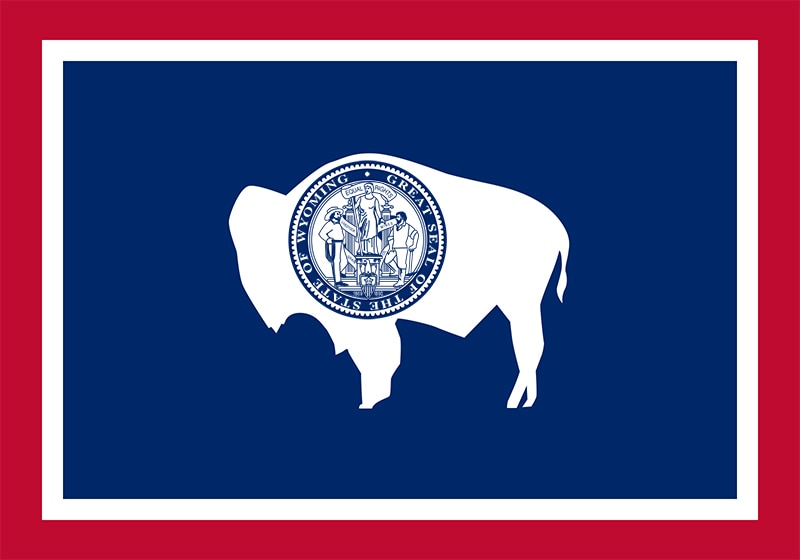
The first one is the NFT-DAO, a Cardano project which aims to become the standard when it comes to business use cases for NFTs. The company announced on September 24th, during the DAO Day of the WyoHackathon 2021. It’s the first entity to be registered as a legally constituted DAO under the new State’s law.
But there are even more news from this move. Another Wyoming based DAO called CryptoFed DAO LLC has filed registration with the Securities and Exchange Commission using its legal status in Wyoming.
Both of the examples above are the emisarios of what’s to come. Now that it’s possible to be a DAO and have a legal status as such thousands of DAOs will flock to Wyoming. The move is good for the entire crypto economy who can now have legal protection and act in a decentralized manner.
DAOs in developing countries
One of the most appealing features of a DAO is clear governance and transparency. The rules encoded in a smart contract are visible to anyone, and can be independently verified by any single person. The voting record of any proposal is part of the ledger, and can also be checked by anyone from anywhere.
These properties make DAOs especially appealing to developing nations with poor domestic institutions. In them, corruption and other bad practices always threaten to undermine any project.
One of the best examples in this space is MakerDAO in Argentina. The South American country has experienced high levels of inflation for a decade. As a result, there are restrictions that prevent its citizens from buying US dollars and protecting their savings against inflation.
Here, the stablecoin DAI has come to fill a much needed function for Argentinians. Many in the country use DAI as a way to save money, as the workings of the DAI token are public, Argentinians know their money is safe. Not only that, but many in the country hold MKR and actively participate in the MakerDAO. There is a large community of Argentinians and other South Americans in the MakerDAO community. This has led to Argentina being the 4th largest user of DAI in the world and 10th in overall crypto adoption.
What can’t (or shouldn’t) DAOs do?
We must also be aware of the limitations DAOs have. In the first form of DAO, as a decentralized network, the main limitation is versatility. These DAOs are networks that have to be maintained, where strict rules need to be enforced to ensure the correct working of the protocol. For these reasons, these DAOs have very narrow objectives and have difficulty changing the base rules.
One example of this is the block size in Bitcoin. There have been many debates regarding the block size and some have resulted in hard fors. The most notable being the split between the original Bitcoin network and Bitcoin Cash. But that has not been the only one, and even Bitcoin Cash split for the same reasons and gave birth to Bitcoin Satoshi Vision.
The other type of DAOs, the one built on top of existing blockchains, also have limitations. First, errors in the design of the smart contracts are fatal for the entity, as shown by The DAO hack. Also, due to their complexity, not all of the scenarios a DAO can face are able to be dealt via smart contracts. Here there is a need for human agency, and that can lead to mistakes.
How are DAOs different from other crypto projects?
Not every project that is launched on a blockchain is a DAO. The characteristics of what makes a DAO have to be clear, and not every crypto project has to be a DAO. The blockchain space has to be flexible and accommodate other types of structures that serve different needs and have other strengths.
The main difference between a crypto project and a DAO is governance. In the case of a DAO, the tokens issued by it give the power to vote and make proposals to the DAO’s community. The tokens are directly linked to how the members of the DAO itself can change the future of the organization.
Not all crypto projects have tokens for these ends. Most use their token as a utility that gives access to the services the crypto project provides. Just because I hold these tokens doesn’t mean I can change how the project works.
It’s important to understand that a DAO uses its token for the governance of the project. Additionally, the token can have other uses, and maybe give special access to services or discounts, but those are secondary to its main function, governance.
Which DAO should you join today?
DAOs can achieve many of the investment goals that traditional companies offer people. For this reason, there are hundreds of DAOs that serve different markets and users. Here we can give some examples of some operating DAOs that anyone can research now and join.
The examples are meant to showcase how DAOs operate on different markets. They are all very diverse, and in the future there will be more DAOs for every purpose.
A DAO for creators
The creator economy is one of the most dynamic areas of the metaverse. As such, there are many DAOs that are looking to fulfill the needs of the space and get users to adopt crypto for these objectives.
Mirror.xyz is a DAO for writers who are looking to find alternative ways to publish their work. The project uses the WRITE token for those who wish to propose their projects to the DAO and have them distributed.
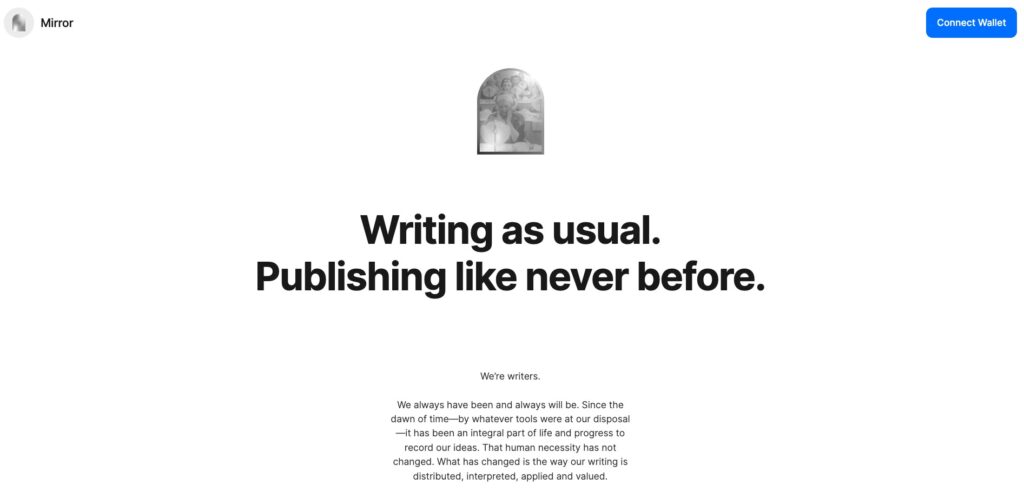
A DAO for freelance workers
Remote work is fast becoming the norm in many industries. Here a DAO could be a major player since it would allow freelance workers a platform to safely connect with clients and get paid for their work.
Braintrust aims to be such a DAO where freelance workers can have a say on how the platform works. The project takes fewer fees than similar centralized platforms and allows members the ability to change how the platform operates and how much it charges.
A DAO for investors
The DAO was a decentralized VC fund, and even though it failed, there are others following in its footsteps. Launchpads are the new name for a decentralized VC fund and many of them are looking to become DAOs and allow their community to decide who gets funding.
MaticPad is one example. It is a launchpad on the Polygon Network that aims to provide new crypto projects with funding, access to investors, and business advice. They launched this year, and some of the platform’s features are still under development. But it’s an interesting early project to adopt.
A DAO for gamers
Another vibrant sector of the economy is gaming. Collectively the gaming industry is bigger than television, movies, and music. It is one of the industries most eager to adopt crypto, and there are some meaningful projects in the area. DAOs are also making their mark here.
DAO Gaming Guild is an example of a gaming project that adopts crypto. It uses the play-to-earn model to incentivize participation, and also has adopted NFTs as a way to distribute collectibles.
Conclusion: the future of DAOs
The crypto economy has come a long way since the days of the fake internet money for nerds. It’s one sector of the economy that is open for anyone. DAOs are growing and delivering meaningful change, making the world a more open and fair space.
The Decentralized Autonomous Organization is a natural extension of the principles of crypto. A new type of entity capable of ensuring all participants have a say and profit from their work. DAOs are now legal and operating around the world. The moment is now to join and revolution in the making.
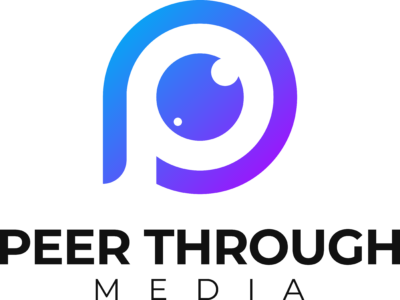
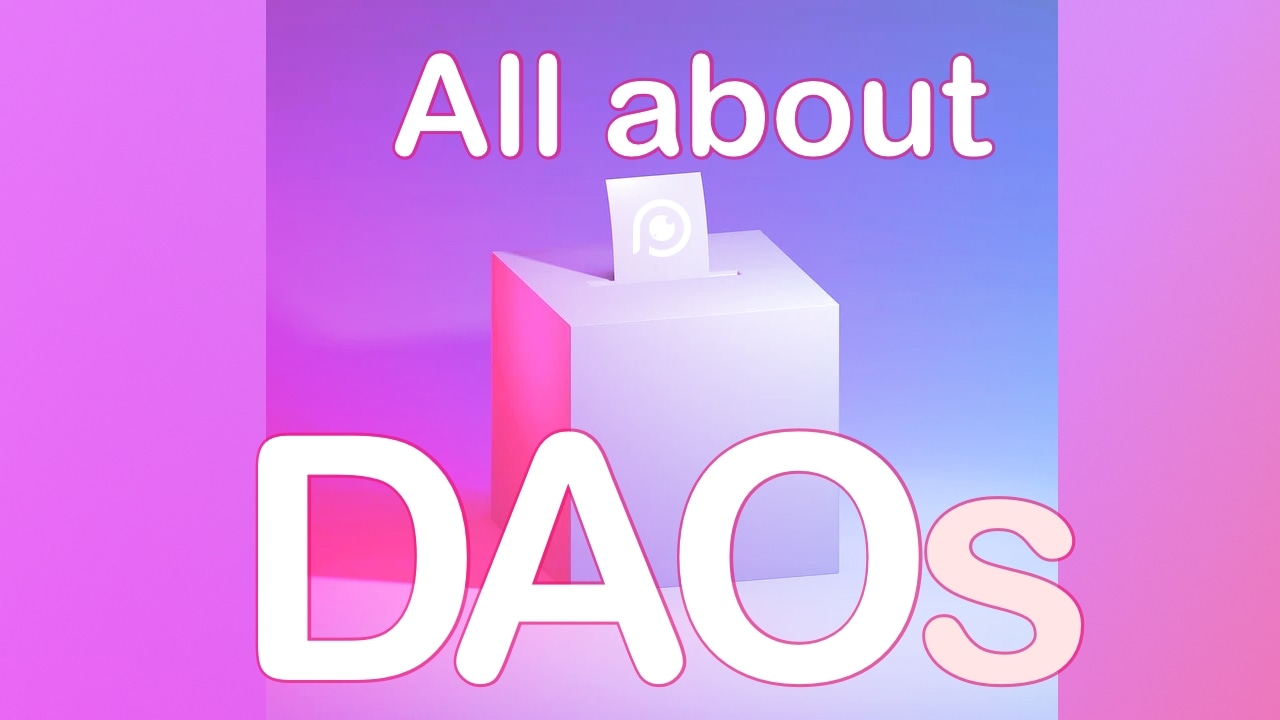
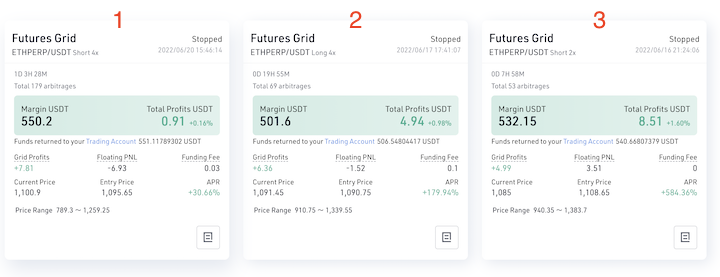
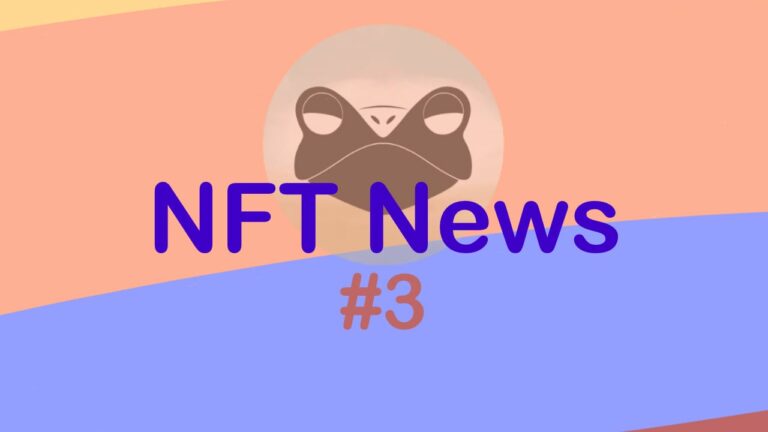

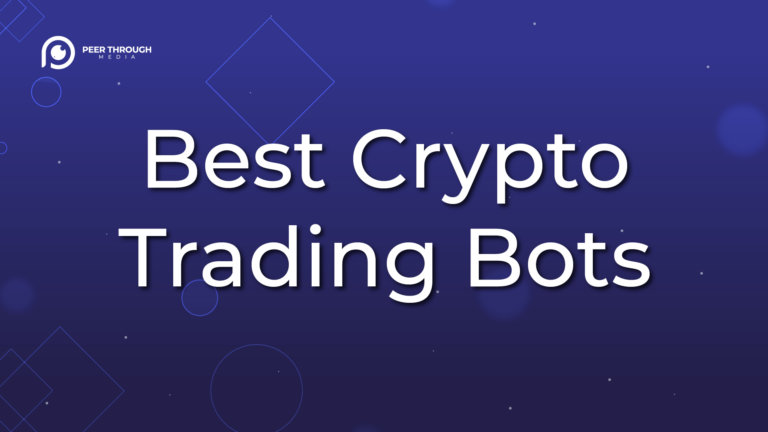
![ZenGo Wallet Review: Is ZenGo Crypto Wallet Safe [2022]](https://www.peerthroughmedia.com/wp-content/uploads/2022/12/ZenGo-Crypto-Wallet-Review-768x432.jpg)
